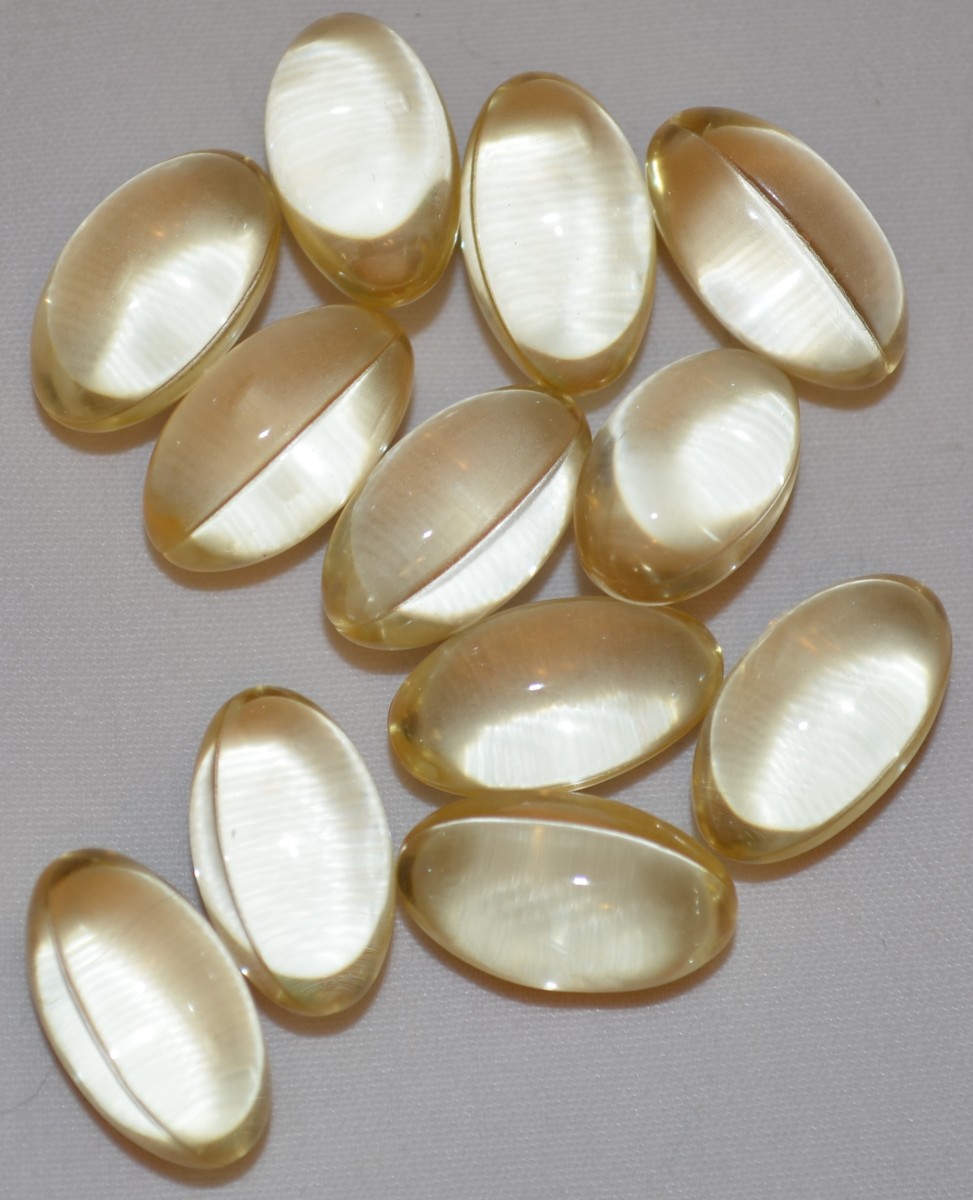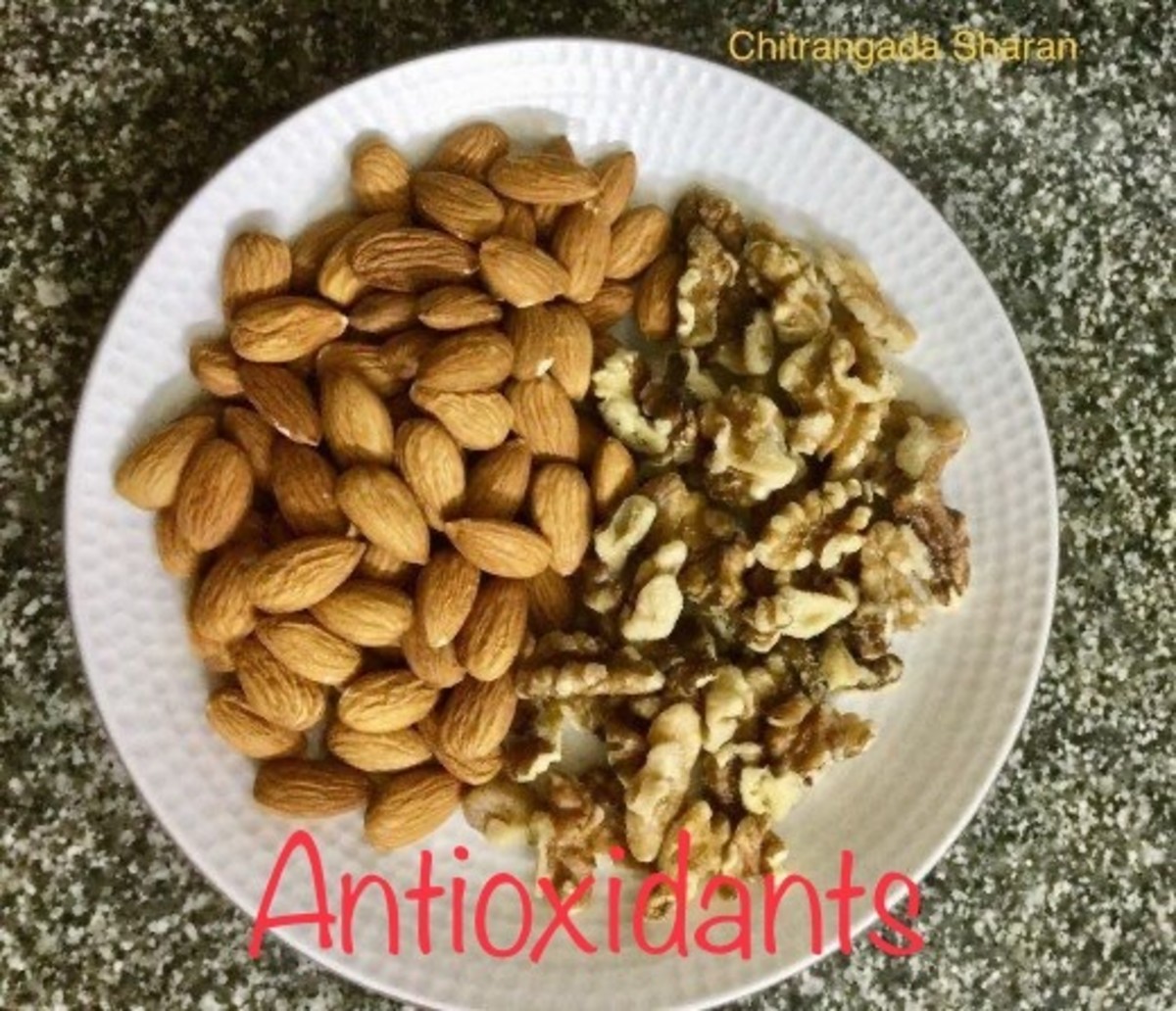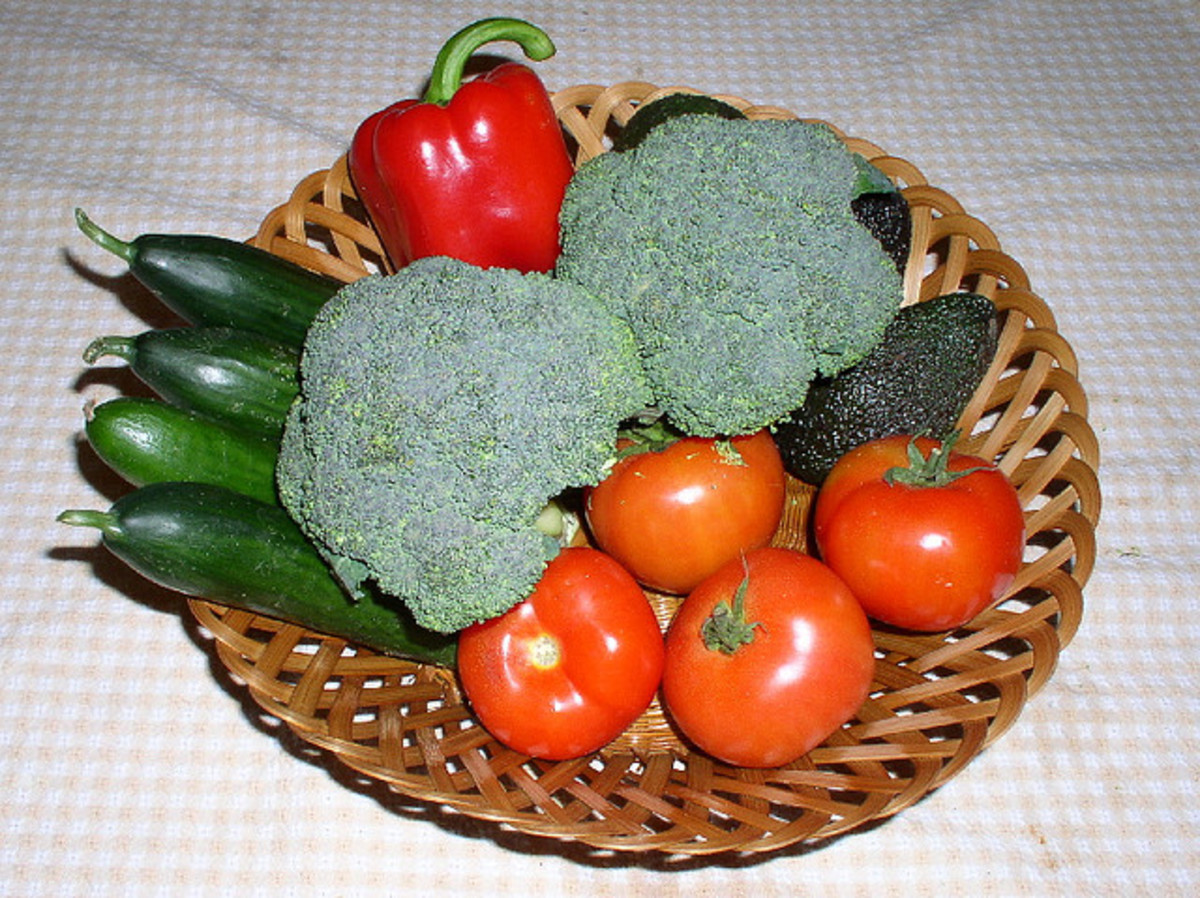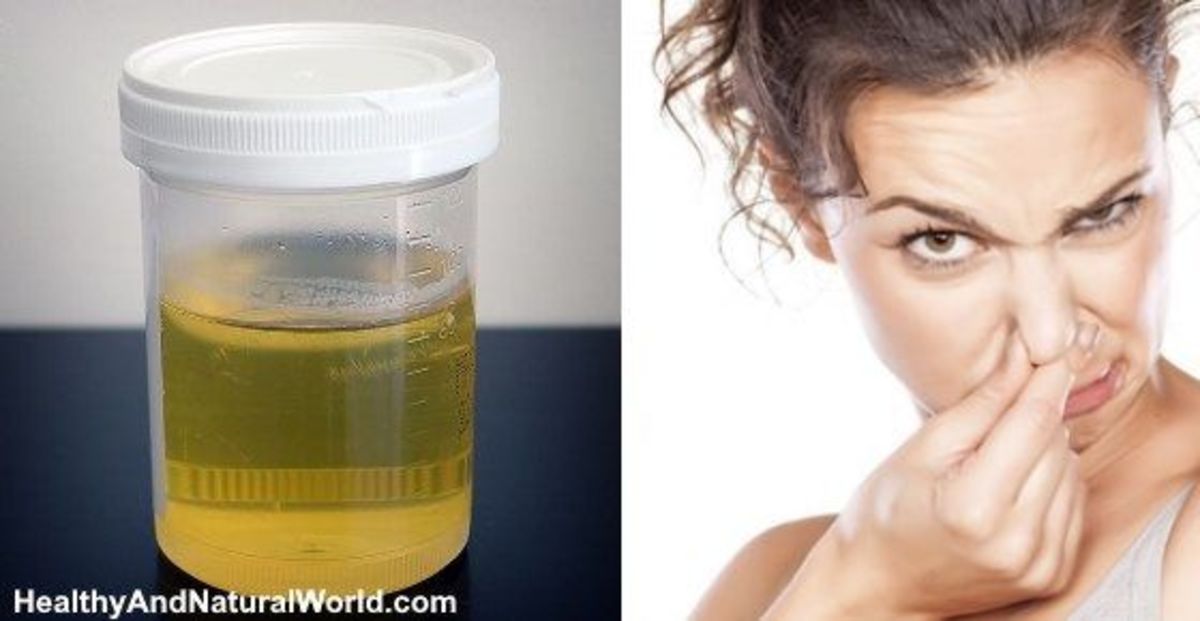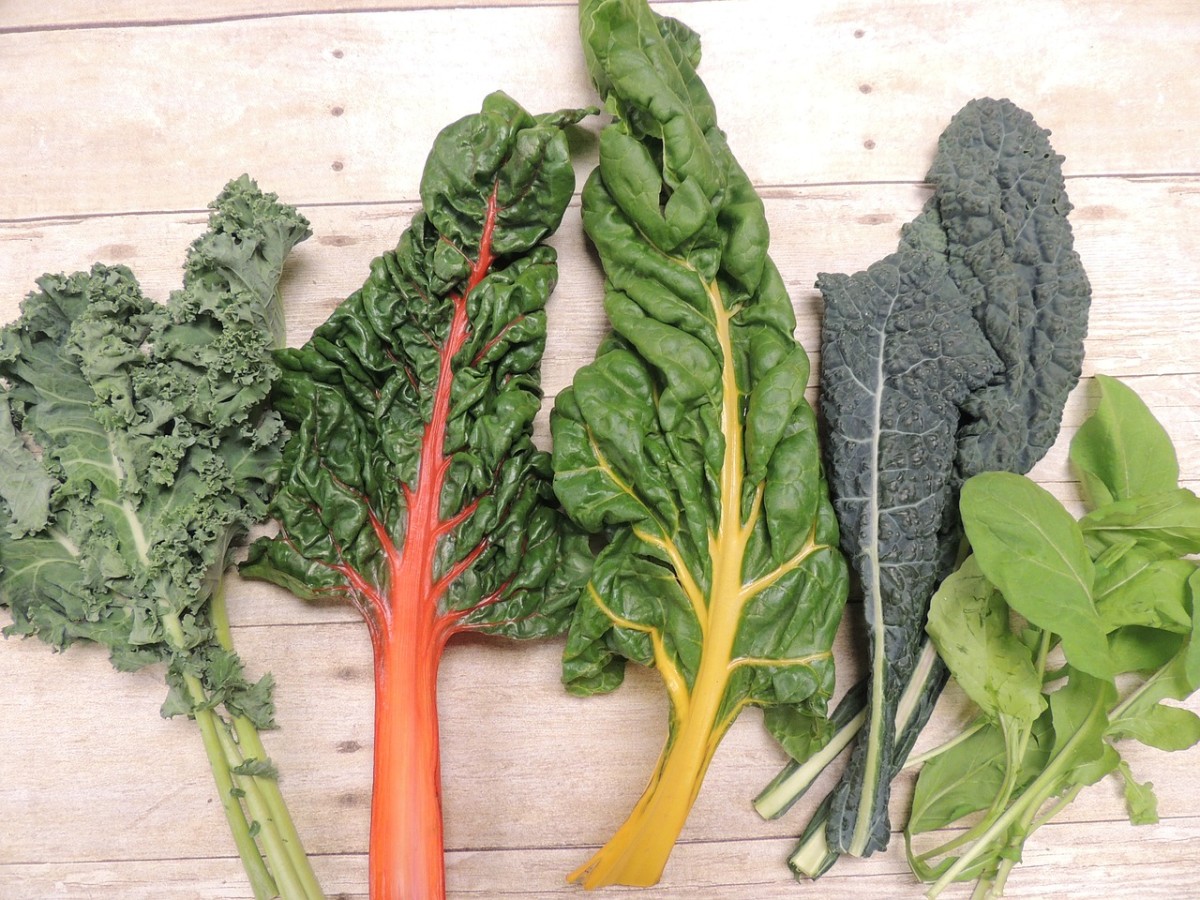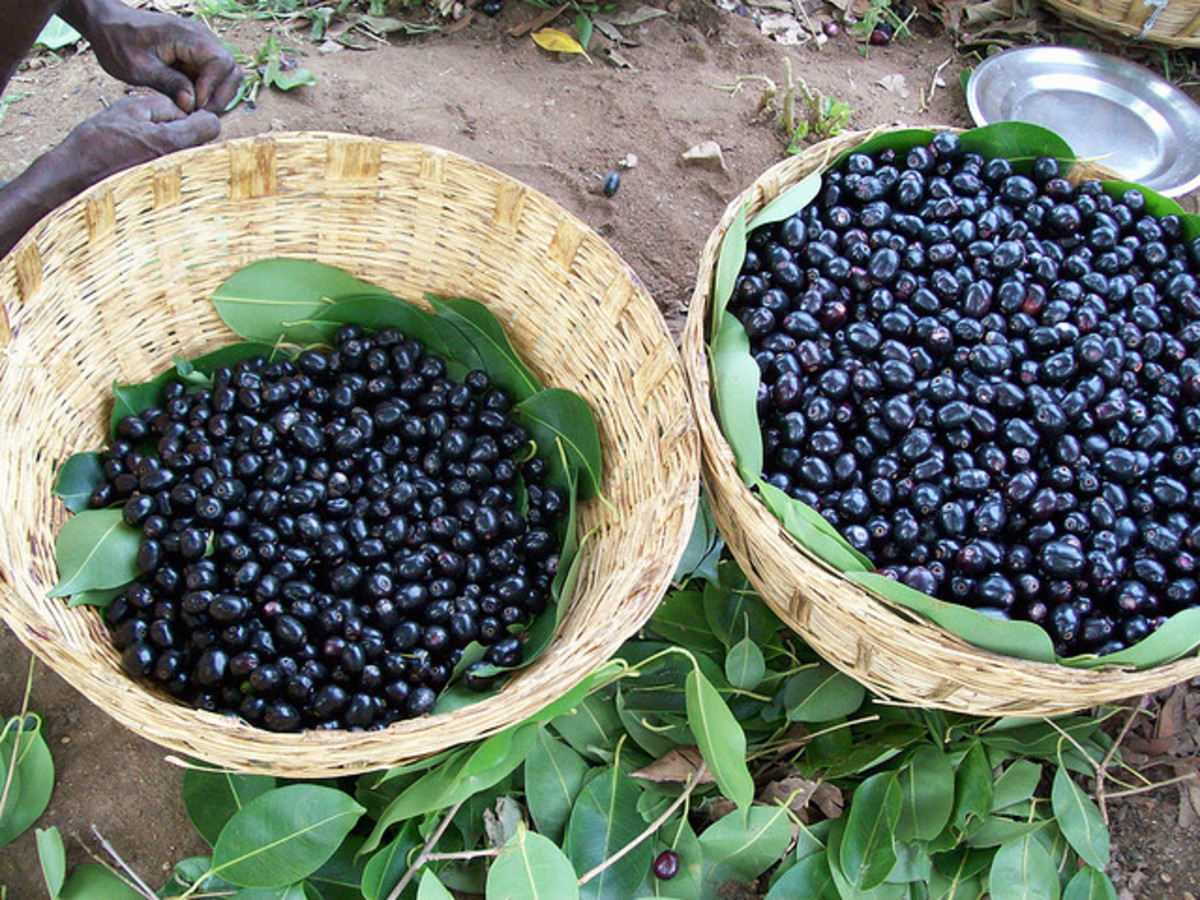Warning Oxygen can kill you
Oxygen, which we all need to live, is slowly doing battle against our bodies and winning. The very substance that gives us life is destroying our bodies. The chemistry maybe complicated, but there is one plain fact, Oxygen is corrosive. It actually is one of the most corrosive substances known to man. Corrosion by oxygen is simply known by another name, oxidation. It is this corrosion that turns iron into rust and tarnishes metals. It is also this corrosion that causes things to burn. Fire is merely rapid oxidation of carbon in wood or paper. But what does this have to do with our bodies? Certainly, we are not rusting nor are we on fire. In a sense that is true, but we are using oxygen in roughly the same way. Here’s how. As we see with fire, oxidation gives off energy and it is the energy of oxidation that fuels our bodies. Inside of every one of our cells is a tiny power plant utilizing oxygen to give us the energy to live. It is a rather impressive system. After being inhaled into our lungs, oxygen is carried from our lungs by the red blood cells to all the cells of our bodies, where oxidation takes place and energy is released. We then exhale carbon dioxide. In a perfect world, there would be no problems with this system. However, this is not a perfect world. Unfortunately, while it gives us life, oxidation has a destructive side, namely in the way of free radicals.
Free radicals, what are they and what they do?
Inside of every one of our cells, we have tiny little fires burning giving us energy and keeping us alive. However, just like wood or coal burning, sometimes little sparks can fly off. The little sparks in our bodies are free radicals and just like a wood fire spark, they can “burn” parts of us that we don’t want. When a free radical shoots off, it can damage other cells causing our bodies to age, or lead to the hardening of the arteries which if left to continue can lead to heart attacks and strokes. Free radicals can even damage our DNA which can lead to cell mutations or cancers.
How can we protect ourselves?
There are ways to defend our bodies from damage, such as avoiding outside sources of free radicals like cigarette smoke, alcohol, sun exposure, automobile exhaust, x-rays and unsaturated fat as well as provide our bodies with the help it needs to produce enzymes which neutralize free radicals. Minerals, such as zinc, copper, manganese and selenium are needed to manufacture these enzymes. Aside from our bodies own defenses, antioxidant vitamins aid in scavenging the body for free radicals and neutralizing them. Major antioxidant vitamins include Vitamins A, B2, C, and E which can be found in a diet rich in fruits and vegetables, especially those which color is yellow to dark orange are can help in the battle. A good antioxidant diet includes: Carrots, Sweet potatoes, Cantaloupes, Apricots, Peaches, Broccoli, Pumpkin, Spinach, Prunes, Watermelons, Oranges, Tangerines, Kiwi fruit, Brussels sprouts, Grapefruit, Chili peppers, Whole grains, Wheat germ, Almonds, Sunflower seeds, Garlic, Radishes, Cabbage, Celery, Cucumbers, and Fish (especially oily fish).
- Especially good fruits include: cantaloupes, oranges and kiwis.
- Especially good vegetables: Broccoli, spinach, peppers and cabbage.
While it is important to include these in your diet, it is also important that they are eaten raw as often as possible. Some vitamins are destroyed by heat and cooking reduces the actual amounts of nutrients in some foods.
Vitamin supplements
While most nutrients are found in the foods we eat, sometimes our diets don’t include enough of those nutrients and it is then necessary to take multiple vitamin supplements. Good multiple vitamin supplements should contain at least the following antioxidants:
Vitamins:
Minerals:
- Manganese: 2-5 mg
- Copper: 1.5-3 mg
- Zinc: 12 mg
- Selenium: 55 µg
What about “one-per-day” multiples? One-per-day multiples are primarily B-complex vitamins, with both vitamin A and vitamin D included either at high or low potency, depending on the supplement. The rest of the formula tends to be low potency. It does not take much of some of the minerals—for example, copper, zinc, and iron—to offer 100% or more of what people normally require, so these minerals may appear at reasonable levels in a one-per-day multiple.
Medicine, Modern Science and common sense.
Years ago, it was a common belief held by doctors that a balanced diet provided enough antioxidants to keep us healthy and fit. Now, with society’s demand to live longer and look younger, doctors have started rethinking their attitudes towards antioxidant supplements. This has caused a surge in antioxidant research bringing a surplus of possible supplements to our diets. Here are a few of what they have found:
Lipoten: This supplement is also known as Alpha Lipoic Acid. It is considered to be a universal antioxidant as it is potent in every one of our cells. It works with enzymes that control the generation of energy from food. Known mostly as lipoten in face creams alpha lipoic acid can be an antioxidant defender of the skin, much like vitamin C.
L-Carnitine: This supplement, mostly known by bodybuilders and dieters, is an amino acid that aids in the breaking down of fats to be used to produce energy. Even though it is better known to build muscle, it also plays a role in cardiovascular health and benefits the kidneys.
Biotin: This is an unnumbered B vitamin that plays a role in the usage of fats and amino acids as well as the replication of DNA.
Carotenoids: The more we discover about antioxidants, the more we realize that much remains to be learned. For example, one of the best known nutrients in our diet is beta-carotene, the pigment that gives the characteristic color to carrots, cantaloupe, and sweet potatoes and is also abundant in leafy green vegetables, such as kale and spinach. But beta-carotene is only one of a number of substances called carotenoids that work in different ways to resist cancer. There are thought to be more than 500 carotenoids. Of these, some 10 percent are converted by the body into vitamin A.
Besides their antioxidant properties, many carotenoids seem to have positive effects on immune function, which can be critical in stopping cancer. Recently, researchers have been focusing on the carotenoids alpha-carotene (in carrots), lycopene (in red fruits and vegetables, such as tomatoes and red peppers), beta cryptoxanthin (in oranges), and lutein and zeaxanthin (in broccoli and leafy green vegetables). People with deficiencies of these substances are more likely to develop certain kinds of cancer, particularly lung cancer, supporting the theory that increased consumption of these carotenoids might protect against cancer.
Selenium, which isn't accepted as an antioxidant by all experts, must be ingested in very small amounts to avoid tissue damage. This mineral is found in food and water (especially seafood, meat, poultry, and grain). The precise amount depends on the levels of selenium in the soil in which the food was grown or through which the water flowed.
Zinc: a metal necessary for many of the chemical reactions that take place in our bodies, helps support immune function. People with throat and prostate cancers are often deficient in zinc. Zinc supplements help fight cancer cells in laboratory animals. Meat, seafood, grains, and vegetables are good sources of this mineral.
Finally, there's glutathione, a substance built from amino acids that acts as one of the body's major antioxidants. Glutathione supplements are now available in most health food stores.
While researchers are seeking the “new” antioxidants, they have also, finally, agreed that the common sense that people have known for centuries about keeping healthy is actually true. Here is what they say about what we already knew:
Soybeans and Green Tea: The cancer-fighting prowess of these two staples of the oriental diet derives from isoflavones, which occurs in a variety of vegetables, but is particularly concentrated in soybeans and green tea. In green tea they can account for about 30 percent of the dry weight of the tea leaves. Isoflavones work in two ways against cancer: as antioxidants and as antimutagens, preventing cell mutations which can become malignancies.
Garlic and Onions: Like soy, garlic seems to offer a variety of benefits. Although results are still preliminary, researchers are finding that in addition to promoting cardiovascular health, garlic and other members of the allium family (onions, scallions, chives, leeks, shallots) may offer protective benefits against cancer.
Olive oil: A monounsaturated fat linked with low rates of both heart disease and cancer. An ingredient found in olive oil, called squalene, has been shown to kill or suppress tumor growth in animals.
Looking good, feeling good
Either way, whether you change your diet to include more antioxidant foods or take antioxidant supplements, with these defenses, you can slow the damage done by free radicals and maybe even reverse it. It is time to start looking younger on the outside by making your body younger on the inside.


